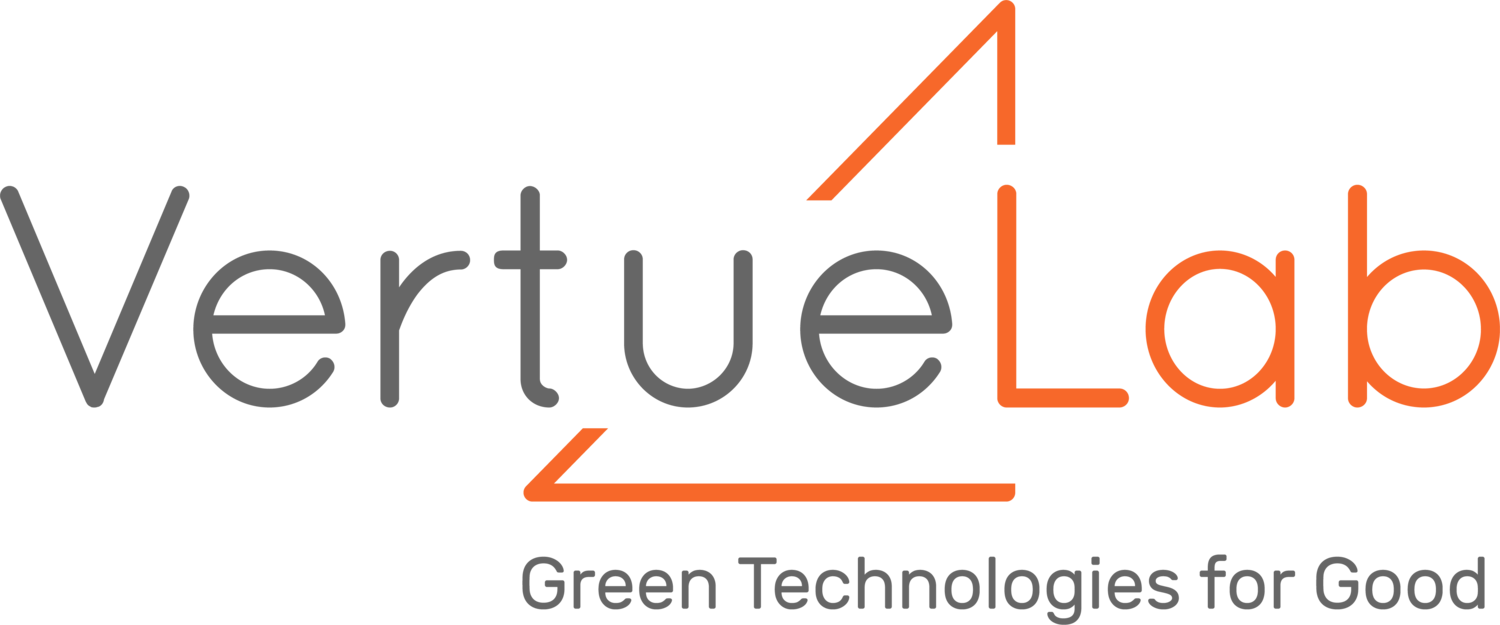Being stuck at home has turned out to be a great way to help the U.S. honor its Paris Agreement commitment to cut greenhouse emissions by 26% to 28% below 2005 levels by 2025. A lot of people did their part in 2020, whether or not they framed their contribution in exactly those terms. With the COVID-19 pandemic confining many Americans to their homes, a significant number of people used the money they might otherwise have spent on travel or eating out to invest in rooftop solar systems.
While the data shows a leap in home installations, much of the growth came from utility-scale projects. Last year set a record for solar installations in the U.S., with 16.5 gigawatts of solar energy added to the grid, according to a new report from a coalition of clean energy, utility, and natural gas companies. That’s more than 40% more solar energy added than in 2019 — enough power to light about 1.8 billion LED lamps.
Last year’s spike is an extension of solar’s long-term upward trend. From 2010 to 2019, the U.S. increased its solar power by a factor of 30. During that time, solar prices dropped by about 80%. But in order for solar power to achieve broad use, prices must fall by another 50% by the end of this decade, according to Jared Silvia, CEO of a Seattle-based solar start-up called BlueDot Photonics. BlueDot, with support from Portland nonprofit VertueLab, aims to make this goal a reality by using new-to-the-industry materials to make panels as much as 50% more efficient.
The silicon efficiency plateau
Ever since 1954, when Bell Labs demonstrated the first solar cell efficient enough to be of practical use, the key material in solar panels — the one that converts light to energy — has been silicon. The efficiency of silicon solar cells has inched upward over the past few decades, but it seems to be leveling out, with today’s silicon solar panels operating at about 22% efficiency on average. “We’ve wrung all the improvements possible out of silicon,” Silvia says.
One major limitation of silicon is that it captures only a fraction of the sunlight that strikes it. Certain wavelengths reflect off its surface, pass through it, or are absorbed without being converted to energy. Knowing this, solar researchers have long sought to harness materials that would capture and convert a greater percentage of sunlight into electrical current.
Enter a class of crystalline compounds called perovskites. Strictly speaking, perovskite is a mineral composed of calcium titanate, but the word is used to refer to any compound that shares the same crystal structure — a structure that excels at absorbing sunlight. These materials came onto the solar scene a little more than a decade ago, when researchers in the U.K. and Japan first noticed their light-converting potential. Perovskites seemed like they could be an attractive alternative to silicon because, unlike silicon, they could be made synthetically at relatively low cost, and because perovskite solutions could be painted, printed, or sprayed onto a wide variety of surfaces. At first, their efficiency was an unimpressive 3.8%, but in the past decade, researchers have boosted that to 25.5%, with potential maximum efficiency estimated to be about 33%.
But if perovskites are to become solar power’s next big thing, they’ll have to overcome two obstacles. First is the problem of their relative instability. The molecular structure of perovskites tends to deteriorate in heat, making them ill-suited to bask in the sun all day. In the past few years, however, researchers have experimented successfully with stabilizing the material by slightly altering the chemical recipe. They are optimistic that it will soon be stable enough for broad commercial use.
The second challenge for perovskites is how to bring a nascent technology to a scale commensurate with solar’s expanding market. Researchers at BlueDot think they’ve found a solution.
Out of the lab, into the market
In the future, solar cells powered exclusively by perovskite may become a reality. For now, though, most researchers are focusing on creating cells that combine perovskite with the already ubiquitous silicon. “When we started BlueDot, we saw that it was going to be hard to compete against silicon,” says Silvia, a University of Washington alumnus. “So we wanted to start by working with the silicon industry.”
Perovskites and silicon are a potent combination because they capture different wavelengths of the solar spectrum. Since solar cells work by translating light into current, more collected light has the potential to translate to a stronger current. A layer of perovskite (which absorbs high-energy light) atop a band of silicon (which absorbs light lower on the spectrum) could combine to make a turbo-powered solar cell.
In practice, though, achieving this marriage of materials faces a number of technical challenges. Foremost among them is designing perovskite-silicon hybrids that equalize the amount of current generated by each layer. If the currents generated by the layers are different, the resulting current will only be as strong as the weaker of the two.
Four years ago, a Chinese research team discovered that adding a bit of ytterbium, a rare earth element, to a perovskite film converted blue photons into infrared light that was subsequently absorbed into an underlying silicon layer. By producing a single current, this method solves the two-current problem.
Another challenge remained, however. The perovskites created by the research team were nanoparticles that were difficult to apply in a uniform layer on top of a silicon cell. Two years ago, Daniel Gamelin, a chemistry professor at the University of Washington, found a solution: If perovskite powders were vaporized, they could be redeposited as thin, high-quality films on virtually any surface. Even better, the process could be accomplished at high speeds, and could be tailored for specific needs. For example, perovskites could be applied to the walls of buildings or to the curved surfaces of car roofs.
Gamelin shared his research with colleagues, and a group of them banded together to form BlueDot with the goal of further developing the technique and making it available for commercial use.
Last year, BlueDot helped launch a perovskite technology consortium with other leading solar startups as well as university research groups and the National Renewable Energy Laboratory. The U.S. Manufacturing of Advanced Perovskites Consortium will give participating researchers access to testing facilities and allow them to easily share their research. The ultimate goal is to accelerate the integration of perovskites into the solar industry.
Silvia predicts that the first commercial products using BlueDot’s technique will be installed in 2023. “And once we get that first adopter, a landslide of new adopters will come,” he says.
VertueLab is a nonprofit fighting climate change by providing funding and holistic entrepreneurial support to cleantech startups. Through a decade of work they have a proven model that can help accelerate climate solutions that are key to reversing the climate crisis.




